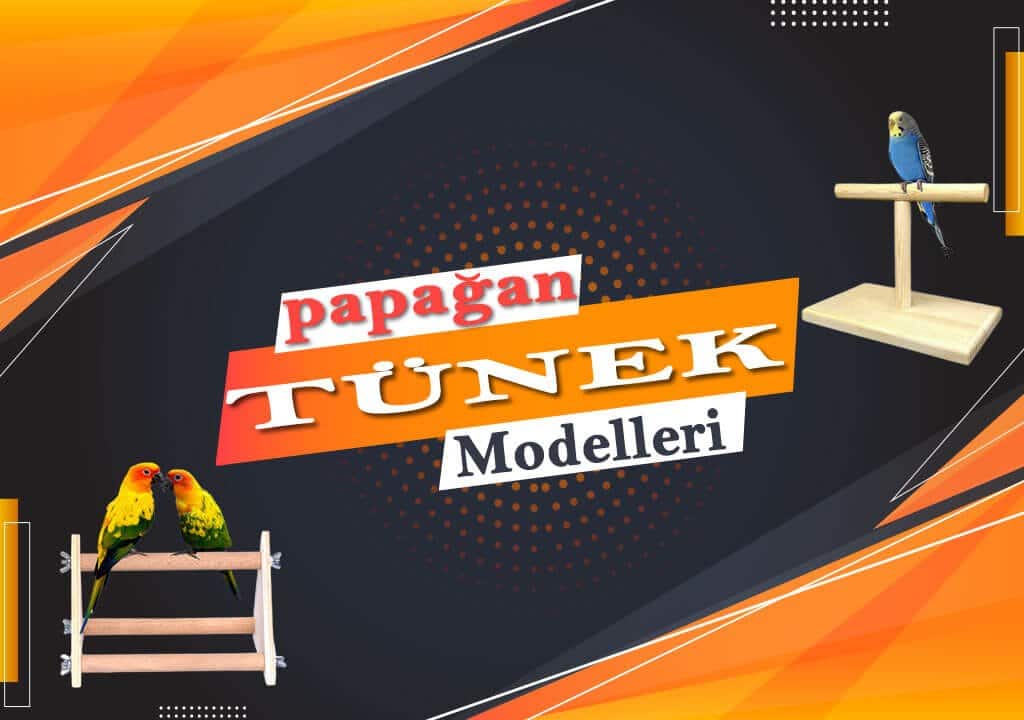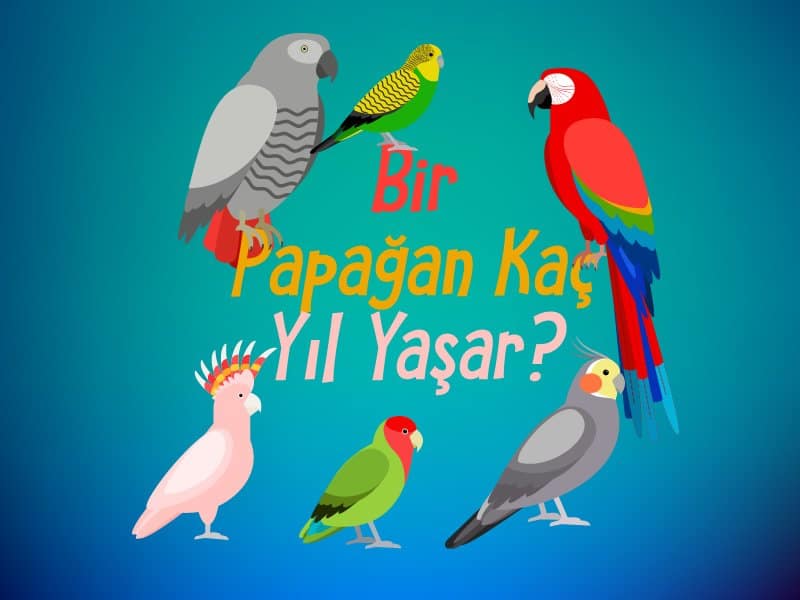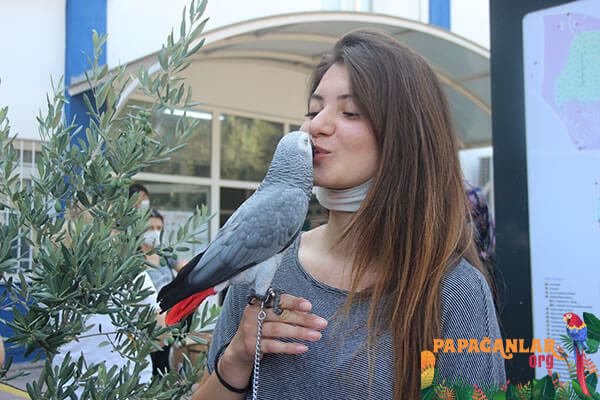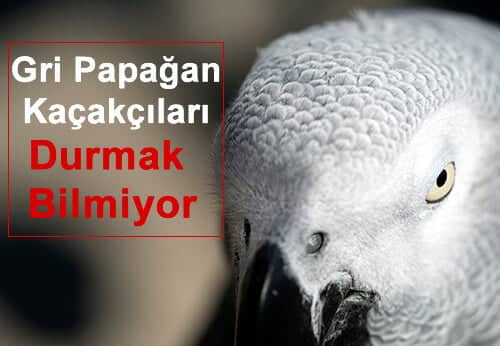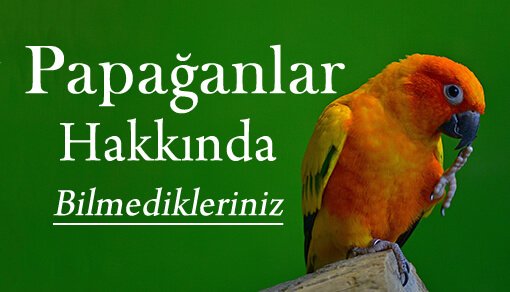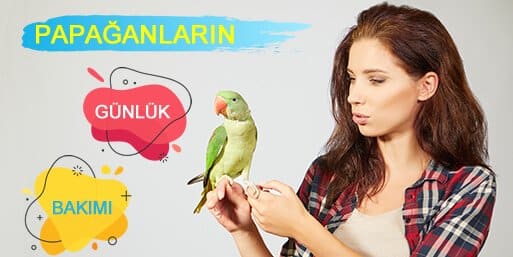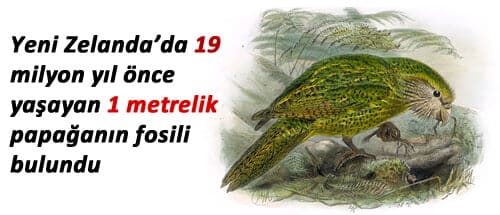Blog
Making a Garden for Parrots
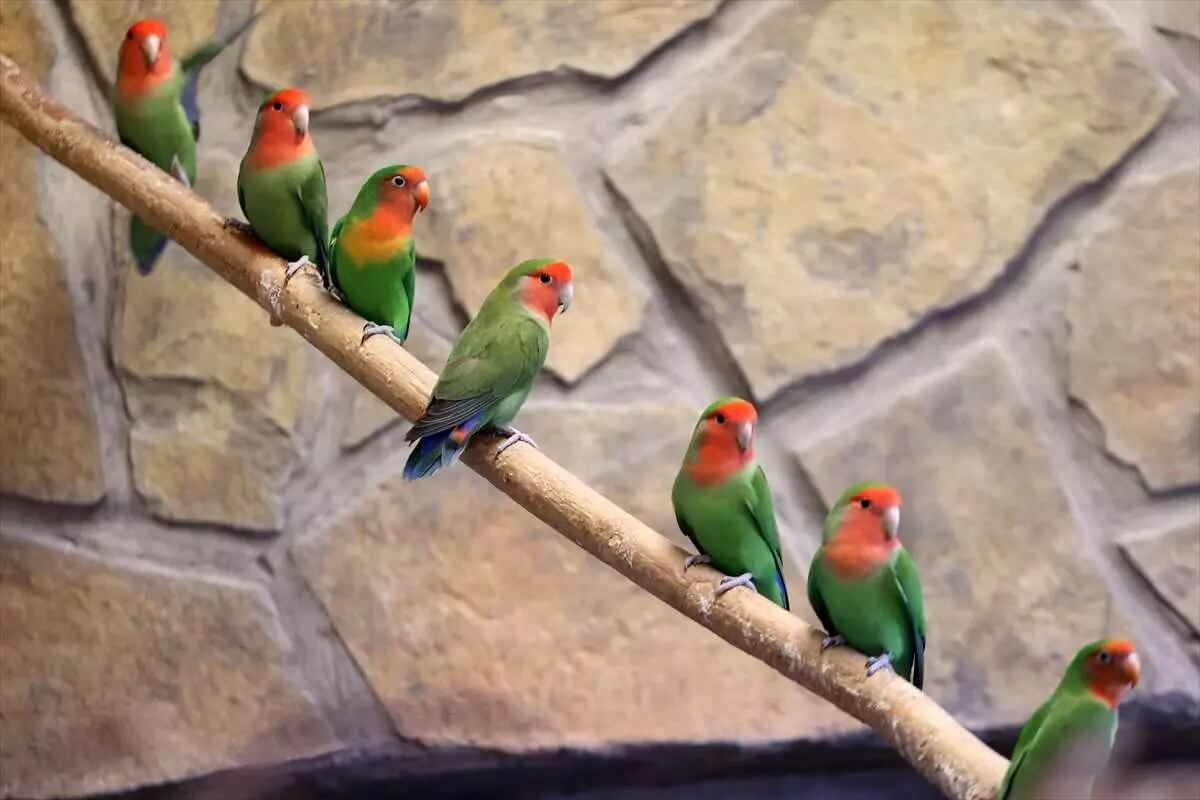
With a small garden that will give parrots pleasure in every respect, you can provide them with a natural diet and a little bit of nature.
List of Materials to be used for Parrot Garden;
- 1 bag of sterile garden soil (if you do not have the opportunity to find sterile garden soil, it will be enough to keep it in a suitable container in a preheated oven for 10 minutes).
- 1 tablespoon of raw wheat
- 1 tablespoon sunflower seeds
- 1 tablespoon of corn
- 1 tablespoon parakeet feed for small parrot breeds
- Pot or box to be planted in a suitable width.
Making a Parrot Garden;
Sow all the seeds in a row in the soil at regular intervals, pour a little water over them and place the pot in a sunny place (balcony or windowsill). Water regularly every day. When watering, make sure that the soil does not get too wet and fungus forms. Lightly wetting the soil is sufficient for irrigation.
Soon (within 7-10 days) you will notice greens appearing on the soil, and when these greens are about 10 cm tall, you can place the container within reach of your parrot. Soon (within 7-10 days) you will notice greens appearing on the soil, and when these greens are about 10 cm tall, you can place the container within reach of your parrot.
Making Perches for Parrots from Natural Branches
Usually, when you buy a cage, it comes with plastic or lathe-turned perches with a fixed diameter in each section. As a conscious parrot owner, you should prefer natural branches as flies instead of using them.
One of the most important issues for our parrots living with us at home is the shape of the perches on which they stand all day. Because for these creatures, which are accustomed to roaming on trees in nature, the concept of perch and roosting is of particular importance. Thanks to these natural trees, their feet are kept healthy, nails are trimmed and the branches, which are picked and nibbled, prevent the beak from over-extending.
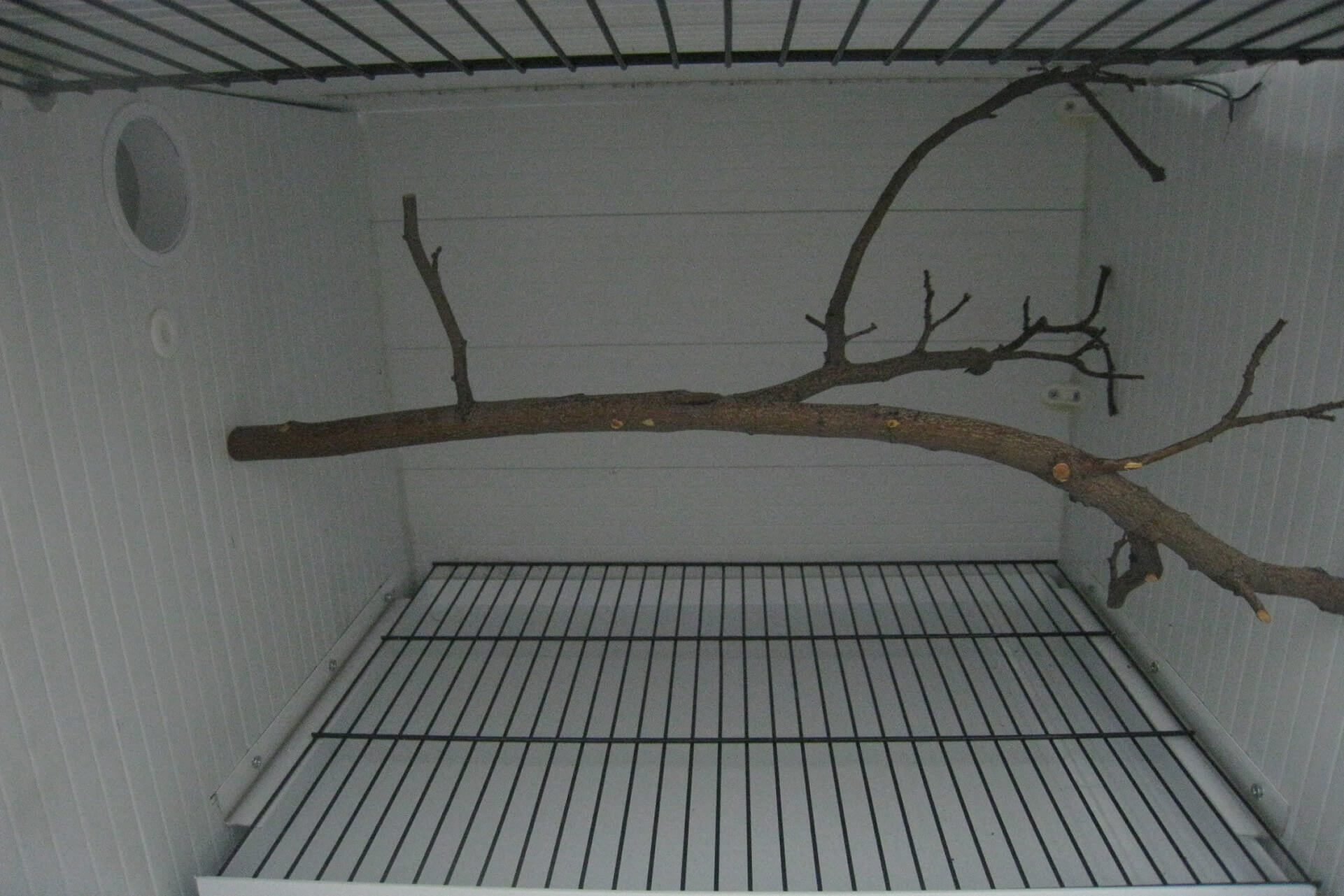
Ingredients for Making Natural Parrot Perches;
Branches of different lengths and sizes collected from suitable trees (we usually recommend the most common and easily available mulberry branches). The most important thing to pay attention to in these branches is that they have a diameter according to the parrot’s species. The most important rule is to choose branches thick enough for a comfortable grip.
Iron screws (as in the picture) and plastic screws (for rope perches)
Perch Construction Phase;
Wash and scrub the natural branches you have collected thoroughly in near-hot water. We recommend washing with natural bar soaps or vinegar water instead of detergents containing chemicals. If possible, branches should not be cut from roadside trees, but from trees further inland, i.e. from clean trees that have not come into contact with exhaust fumes. Soaking in a bowl of water for a while, or even adding a little vinegar, will also help to clean the branches. After the branches have been thoroughly cleaned and dried, they can now be processed.
The important thing with cage perches is to cut and adjust the branches according to the size of the cage. How and how you use them depends entirely on the space for the cage and your imagination.
At one end of the adjusted branches, you can attach a screw of the appropriate size and easily tighten it to the cage wires. This way it will remain stable, so the parrot will not get agitated when it lands on it.
If you are going to make a perch from cotton or linen rope, which is more preferred for play, you can offer it to your parrot by fixing it in the cage with plastic screws at both ends.
If you are not able to screw the natural branches together yourself, you can take all the material to a carpenter for help.
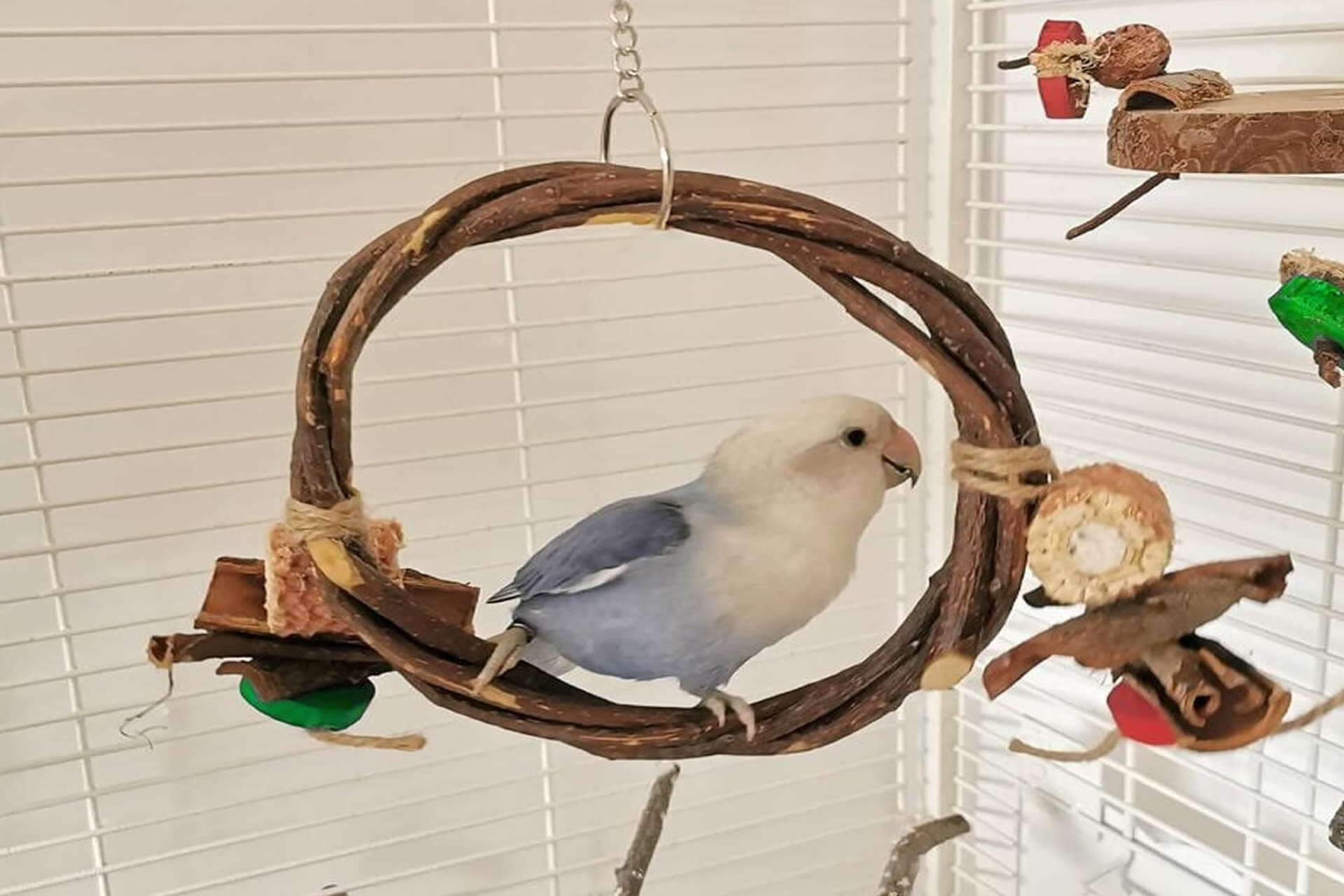
Tree Bark Swing for Parrots
Gnaw and swing at the same time:
Parrots are lovely companions that gnaw on all kinds of materials in the environment, especially those made of wood. If adequate precautions are not taken and gnawing toys are not provided, they will soon damage the furniture in the house. Therefore, opportunities to satisfy their instinctive behavior should be provided as soon as possible.
Ingredients for Swing in Tree Bark for Parrots;
Tree barks, hessian or linen ropes from nature (the size suitable for your parrot).
Preparation of Tree Bark Swing for Parrots;
After properly cleaning the bark you find without damaging it, drill holes in it at certain points. Thread ropes of different lengths through the holes and make the shell into a swing or a small platform.
This toy you have prepared for your parrot will not only entertain it, but also help it to fulfill its gnawing needs in a healthy way.
The only problem is that the toy will soon become unusable.
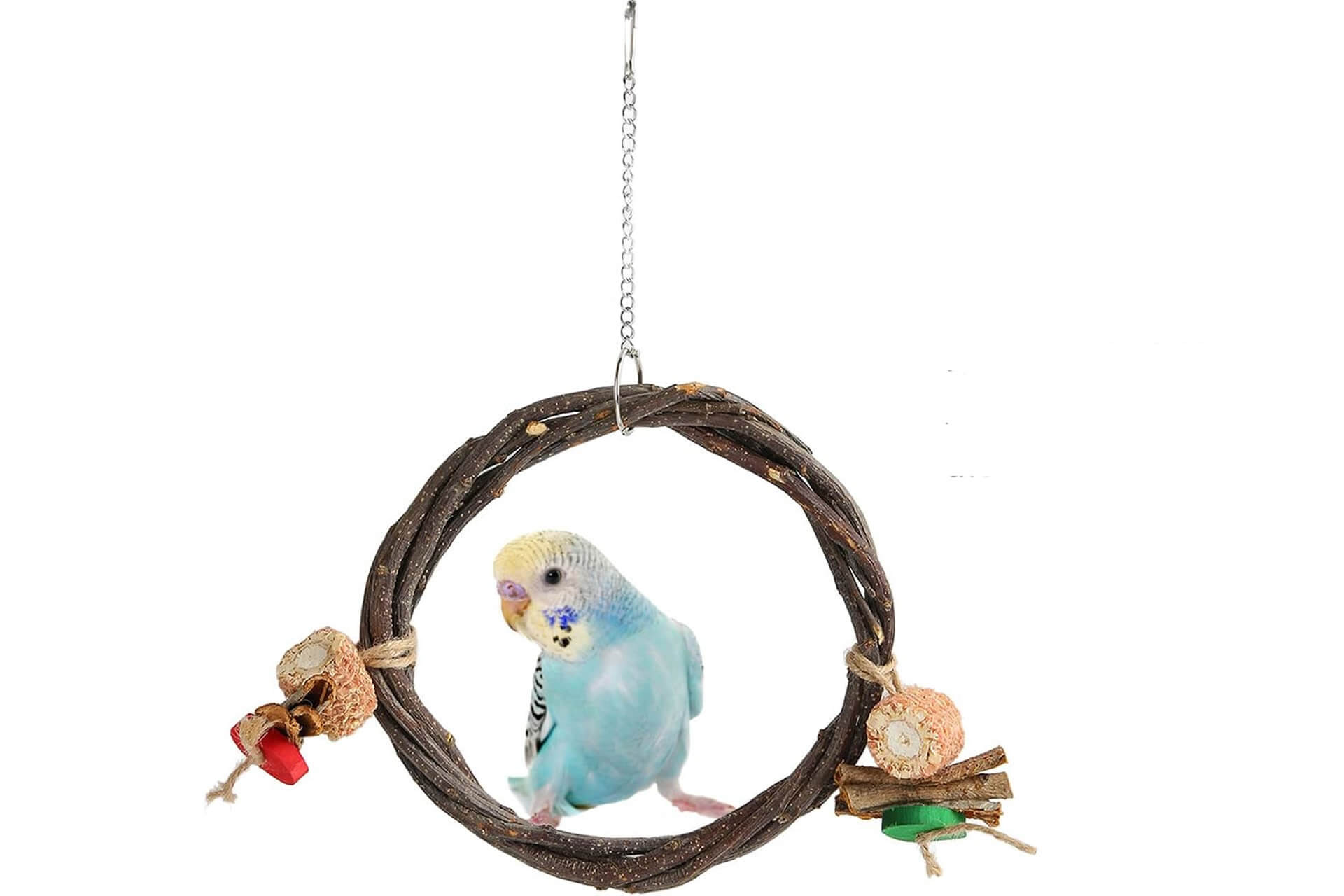
Parrot Vegetable Garden
Such gardens are not only fun but also a very useful accessory for our lovely friends who are far from their natural habitat.
Parrot Vegetable Garden Construction;
It is enough to sow the seeds you buy from garden supply stores in clean soil bought from the florist and care for them as recommended until they grow. You should then place these pots in a place where your cute friend can reach them.
Here are the names of the plants that can be used;
Latin Cress (Tropaeolum majus): It is a very useful plant that you can eat both the leaves and the flowers.
Partridge Weed (or moth weed or moth weed – Origanum Vulgare L.): It is a nutrient source that is of great benefit when given occasionally.
Lemon balm, Capsicum (Melissa Officinalis): It is a very useful herb to give.
Basil (Ocimum Basilicum): Especially the leaves are a very useful plant.
Chamomile (Bellis Perennis): Especially the flowers are more useful than the leaves. You can also soak the flowers in a little boiling water and give them as a tea.
Cress (Lepidium Sativum): Also known as garden cress, this plant is a source of vitamin-containing food.
Peppermint (Mentha Xpiperita): You can serve it not only as a plant but also as a tea by soaking the leaves in boiling water.
Chives, shallot (Allium Schoenoprasum L.): It is useful to be given occasionally as a fresh plant.
Thyme (Thymus L.): It is a very useful plant that is abundant in nature.
The only important thing is that you give these herbs at regular intervals and in small amounts. Because, as with everything else, too much of it will of course be harmful.
Swing and Gnawing Device for Parrots
It is important to use a little imagination when making such accessories. Even if you can’t find all of the given ingredients at the moment, it is possible to easily apply the given recipes by making some additions and changes to what is available.
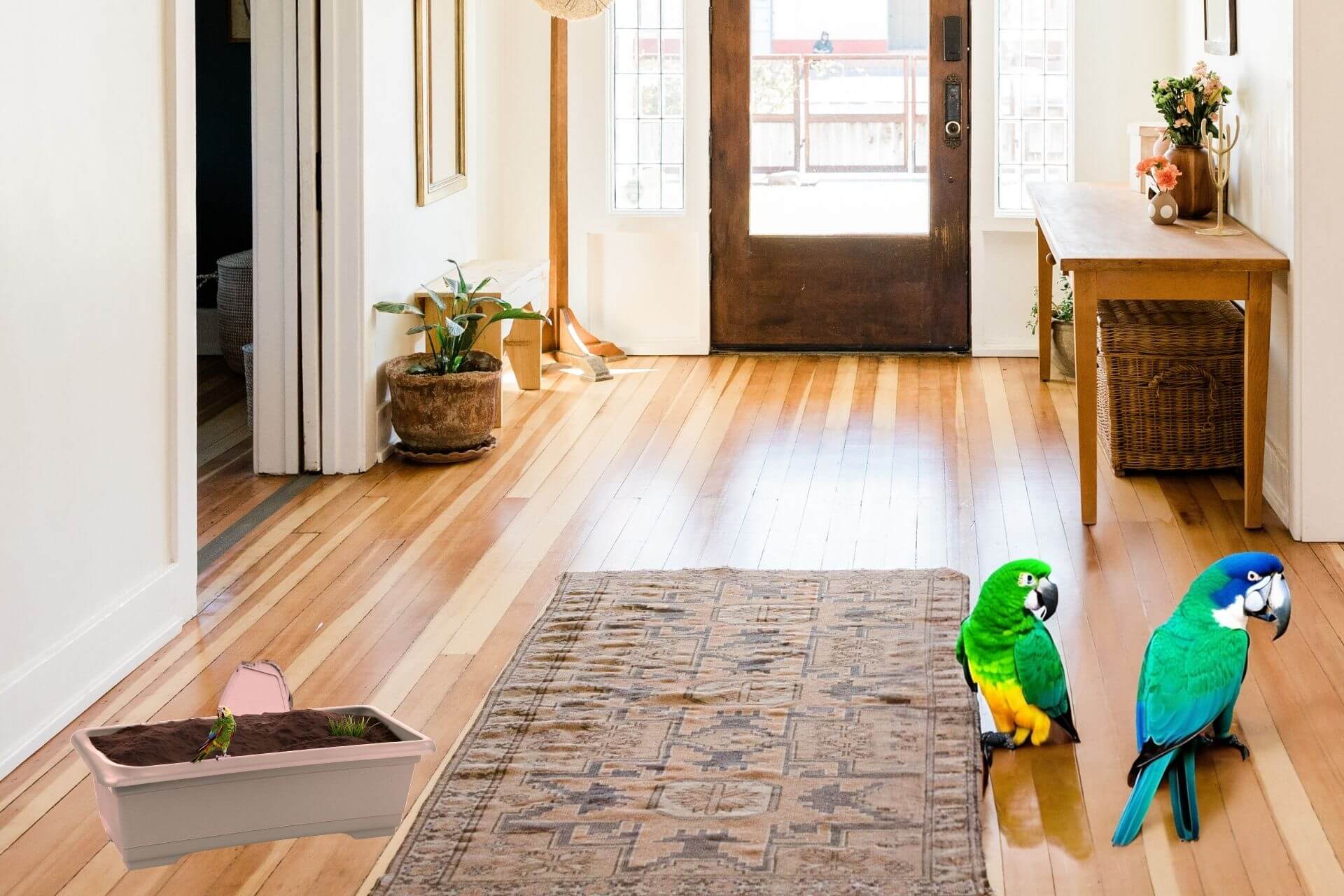
Main Ingredients;
3 old shirts or unused pieces of fabric,
Linen rope (durable ropes without dyes are fine)
Fresh tree branches of different diameters (the diameter should be suitable for your parrot) (mulberry, beech, willow, etc.),
Wooden balls of different sizes (with a hole in the middle), steel cymbals or bells, which you can buy at any DIY store,
Hard, unpainted cardboard (craft cardboard),
Finished toilet paper or kitchen towel roll (finished fax paper rolls are more suitable in terms of thickness and will crumble later).
Making a Swing and Gnawing Device for Parrots
First cut the unused shirts (or pieces of fabric) into strips of different thicknesses and lengths. If you are wearing a shirt, leave the sleeves uncut.
Take 3 of the fabric strips you have prepared in the length you need and weave them, pass the cardboard roll you want to use while knitting through 1 strip and continue knitting.
Make a tight braid again from the uncut shirt sleeves. The beginning and end of the braid should be thinner than the middle. You can use the braid you have prepared in this way as a salsa. It will be very durable because it is made of fabric. If you wish, you can add one of the steel bells or chimes you have obtained to the bottom center.
You can also weave the remaining fabrics according to your desire, thread tree branches and wooden balls through them, add pieces cut from cardboard and make toys by increasing the knots.
One of the benefits of this type of toy is to accustom parrots that do not consume fruits and vegetables. When it likes the toy and starts to play with it, it will try to gnaw and tear it apart. You can attach fruits or vegetables that you want the toy to eat to certain parts of the toy. They are usually boiled during gnawing and once the parrot has tasted them, it accepts them with pleasure when offered later.
You can also attach some accessories that are useful for them, such as squid bones or calcium blocks, to these braids and let them consume them.






